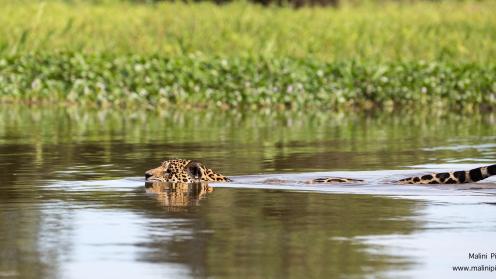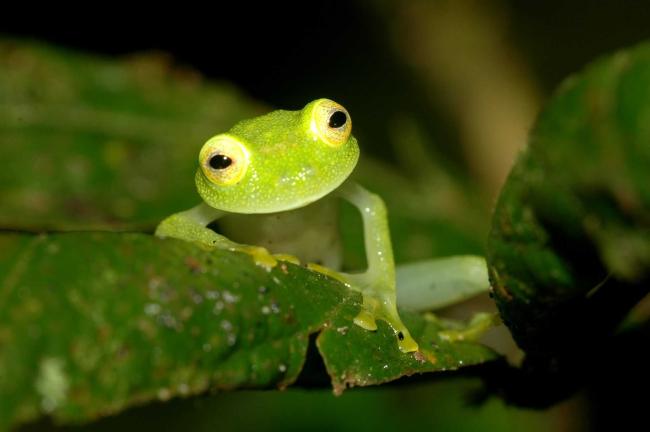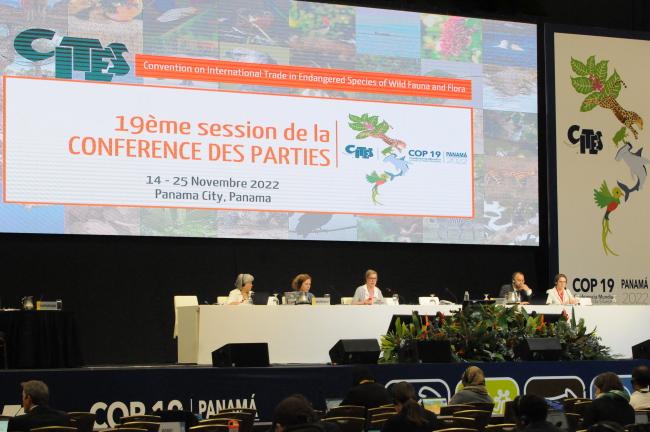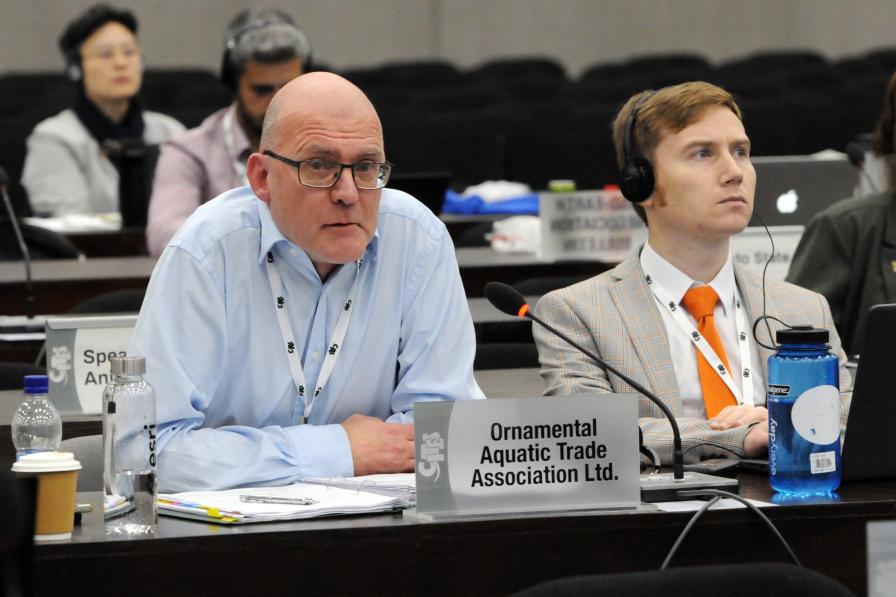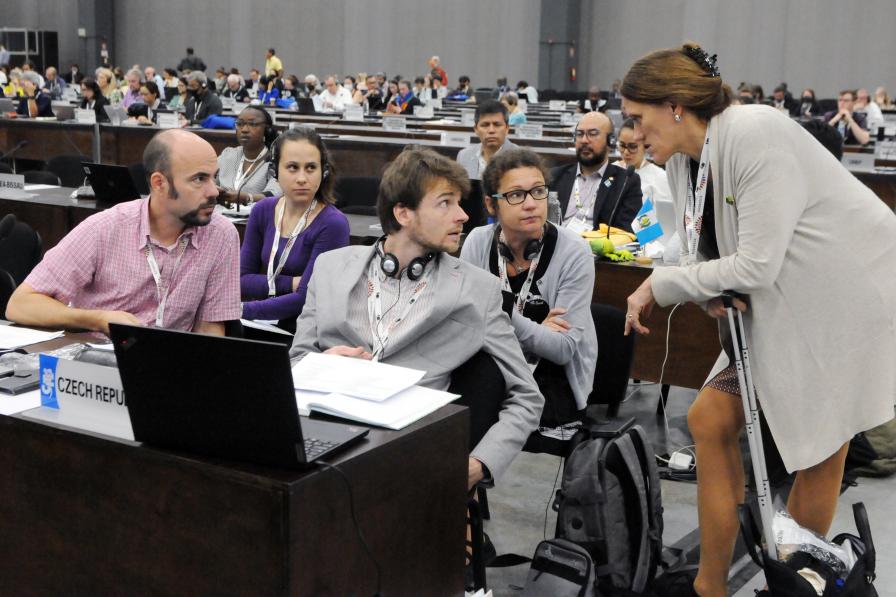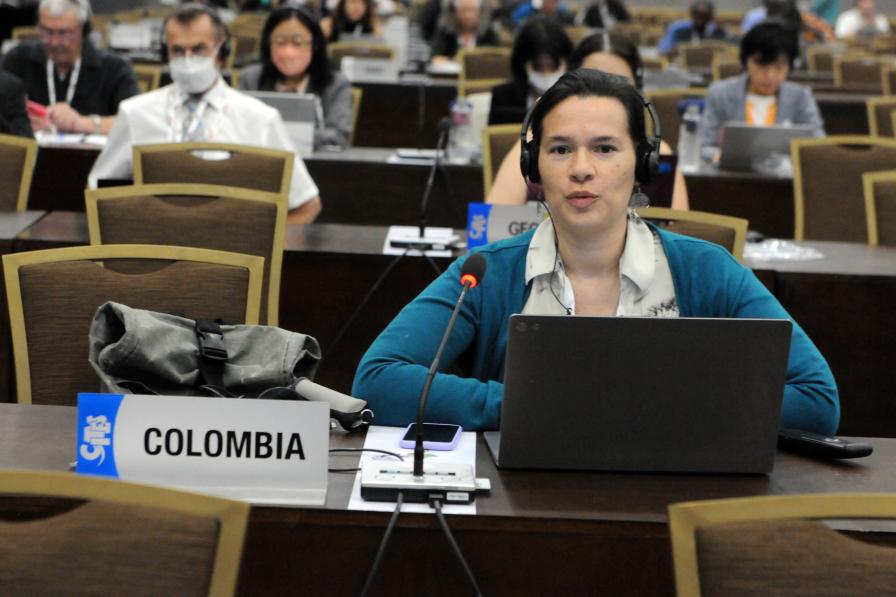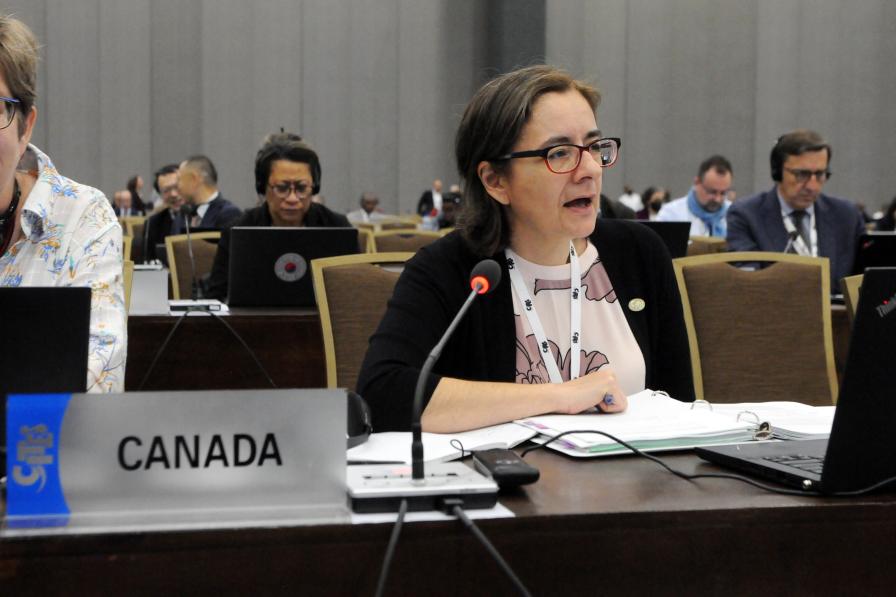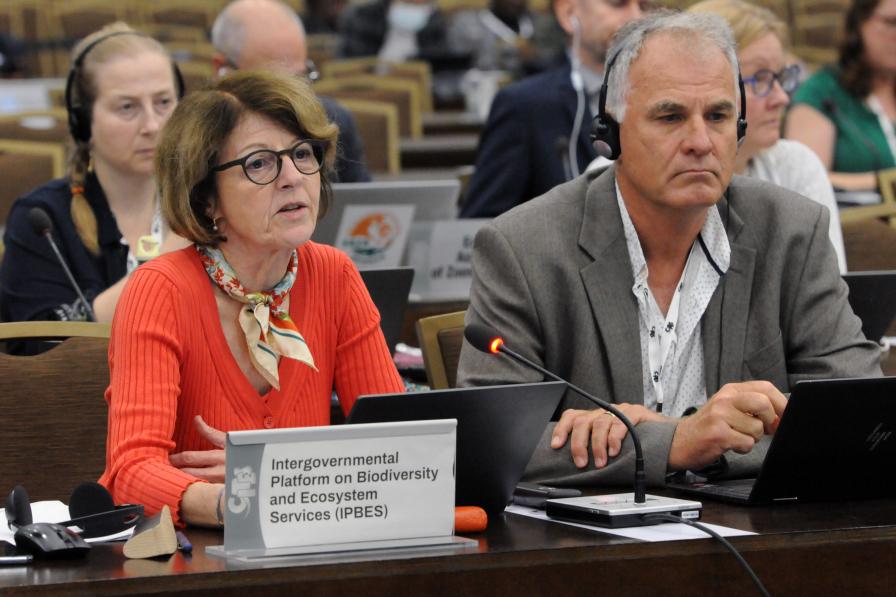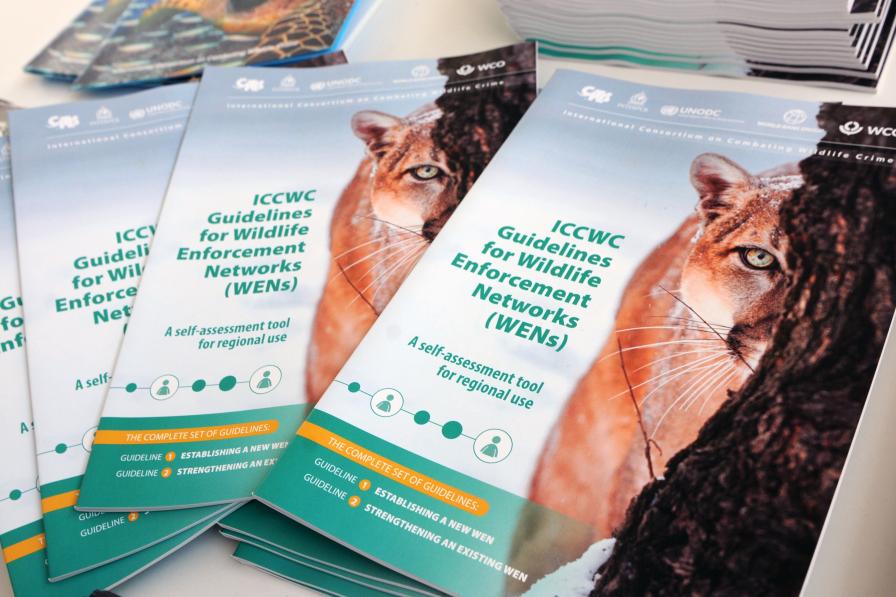Sharks and rays, the World Wildlife Trade Report, and cooperation with other biodiversity-related conventions were some of the items on the agenda on Wednesday. Delegates returned to the Panama Convention Center for a third day welcomed by a chorus of grackles, cara cara hawks, turkey vultures circling high, and hummingbirds buzzing in the branches. Committee II met for an extraordinary evening session, while Thursday will be Committee I’s turn to work late.
Want to dive deeper? Read the full Earth Negotiations Bulletin daily report.
Specifically, in Committee I:
- New Zealand expressed reservations about the Secretariat’s “major revisions” to the merged draft decisions on sharks and rays. A working group was established to revise the merged decisions; and
- Panama introduced the proposal to include Dipteryx spp. (tree species found in tropical rainforests) in Appendix II, noting that some species of this genus meet the listing criteria and the rest merit inclusion for reasons of resemblance. There were differing views on the merits of the proposal. The Committee agreed to resume discussions on Thursday morning.
In Committee II:
- Several parties expressed concerns over the reporting burdens associated with the piloted CITES World Wildlife Trade Report;
- Delegates welcomed ongoing initiatives on synergies with other UN conventions; and
- Several parties lamented no progress on the item on engagement of Indigenous Peoples and local communities in six years, and welcomed the tentative decision to extend the mandate of the intersessional working group.
All ENB photos are free to use with attribution. For CITES CoP19 please use: Photo by IISD/ENB | Diego Noguera
